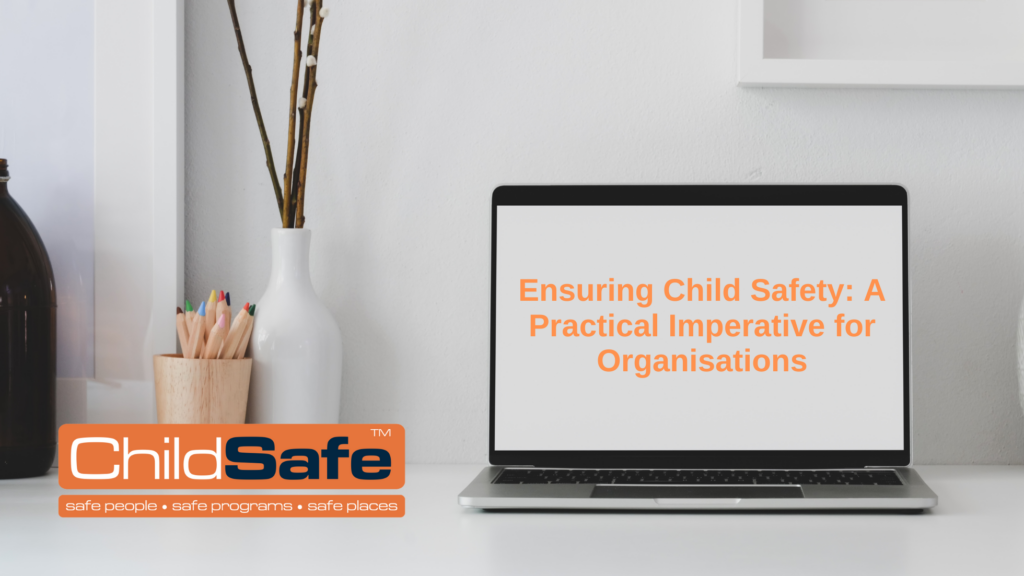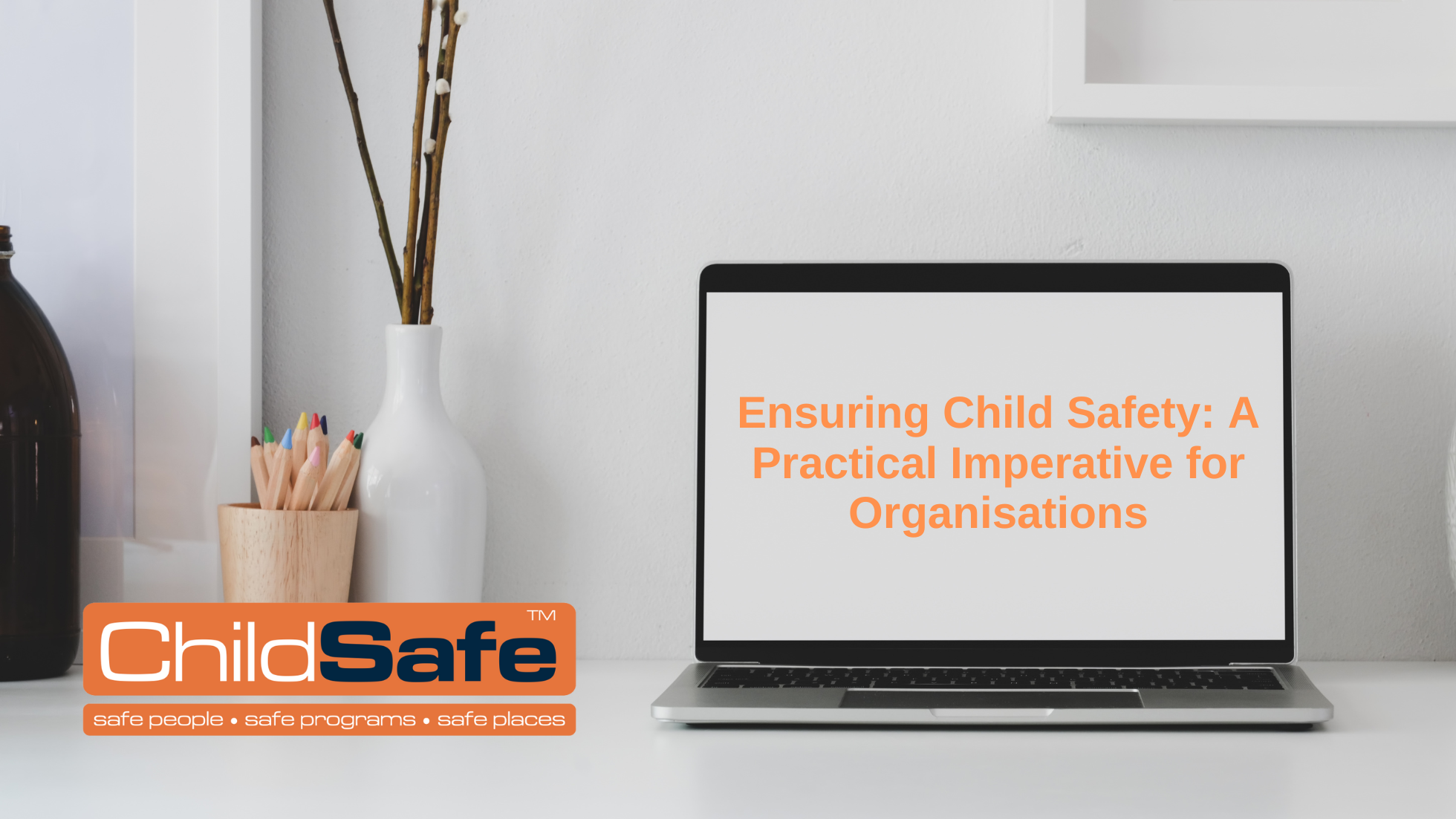
Child safety is a paramount concern that demands the attention of every responsible individual, including organisations. Ensuring the well-being of children should be a top priority for any entity that interacts with young individuals, whether it’s a school, daycare center, sports club, or any other organisation. In this blog, we will delve into the crucial need for organisations to take child safety seriously and provide practical tips and support to facilitate a safe environment for children.
- Legal and Ethical Obligations
Organisations have a legal and ethical responsibility to safeguard the well-being of children in their care. Laws and regulations vary across jurisdictions, but the moral obligation to protect children remains universal. By establishing and enforcing robust child safety policies, organisations not only meet legal requirements but also demonstrate their commitment to creating a safe and nurturing environment.
- Building Trust and Reputation
Prioritizing child safety helps organisations build trust and enhance their reputation within the community. Parents and guardians seek organisations that prioritise the safety and well-being of their children. By demonstrating a proactive approach to child safety, organisations create an environment that fosters trust, attracting more families to enrol their children and establishing a positive reputation in the community.
- Preventing Legal Consequences and Financial Losses
Organisations that neglect child safety may face severe legal consequences and financial losses. In the unfortunate event of a child being harmed within an organisation’s premises or under their care, the organisation may face legal action, hefty fines, and reputational damage that can have long-lasting effects. Investing in child safety measures is a proactive step that can help prevent these situations and protect both children and the organisation from unnecessary harm.
- Providing Peace of Mind to Stakeholders
Parents and guardians entrust organisations with the safety and well-being of their children. By demonstrating a commitment to child safety, organisations provide peace of mind to stakeholders, including parents, staff, and volunteers. Implementing robust safety policies, conducting thorough background checks, and regularly training staff and volunteers on child protection measures reassure stakeholders that their children are in safe hands.
And the most important is…
5. Preventing harm and abuse of children
Understanding the profound effects of trauma resulting from child abuse compels us to take proactive measures in our organisation, ensuring such incidents are prevented. The consequences can be immense and may even impose a lifelong sentence on the child. Abuse can rewire a child’s brain, impacting various regions responsible for emotional regulation, fear perception, and the ability to differentiate between the present and the past. Additionally, it can contribute to the emergence of mental disorders and neurological setbacks.
Recognising these implications, our utmost priority lies in prioritising child safety. We are driven to cultivate secure environments, trustworthy individuals, and reliable programs, creating safe spaces, people, and initiatives for the well-being of children.
Some Practical Steps:
a. Comprehensive Policies and Procedures: Develop and implement clear and comprehensive child safety policies that cover all aspects of an organisation’s operations. These policies should include protocols for supervision, communication, abuse prevention, and reporting procedures.
b. Thorough Background Checks: Conduct thorough background checks on all staff, volunteers, and individuals involved in the organisation who have direct or indirect contact with children. This includes obtaining references, criminal background checks, and verifying qualifications and certifications.
c. Ongoing Training and Education: Provide regular training sessions to staff and volunteers on child protection, recognising signs of abuse, and appropriate responses. Ensure everyone understands their roles and responsibilities in maintaining a safe environment for children.
d. Open Communication Channels: Establish open lines of communication with parents, guardians, and children themselves. Encourage open dialogue, address concerns promptly, and provide platforms for reporting any potential issues.
e. Physical Safety Measures: Implement appropriate safety measures, such as secure access controls, safety equipment, and maintenance of equipment and facilities to prevent accidents and injuries.
Organisations play a crucial role in ensuring child safety. By prioritising child protection, organisations not only fulfil their legal and ethical obligations but also build trust, enhance their reputation, and prevent potential legal and financial consequences. By following practical steps such as implementing comprehensive policies, conducting thorough background checks, providing ongoing training, maintaining open communication channels, and implementing physical safety measures, organisations can create a safe environment where children can thrive and flourish.
Remember, ensuring child safety is not just a legal requirement—it is a moral duty that organisations should embrace wholeheartedly. Together, let’s work towards a safer world for our children.

